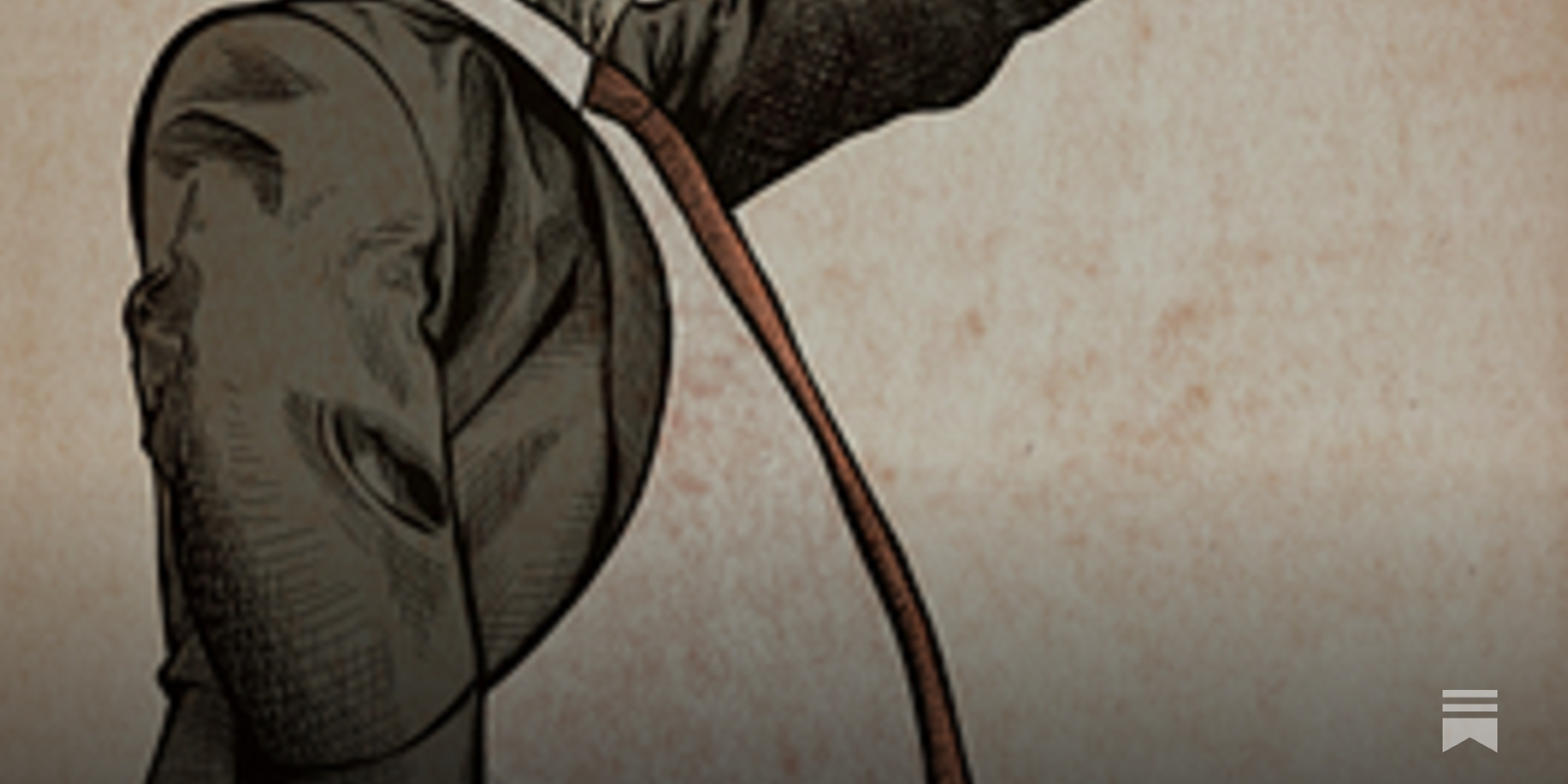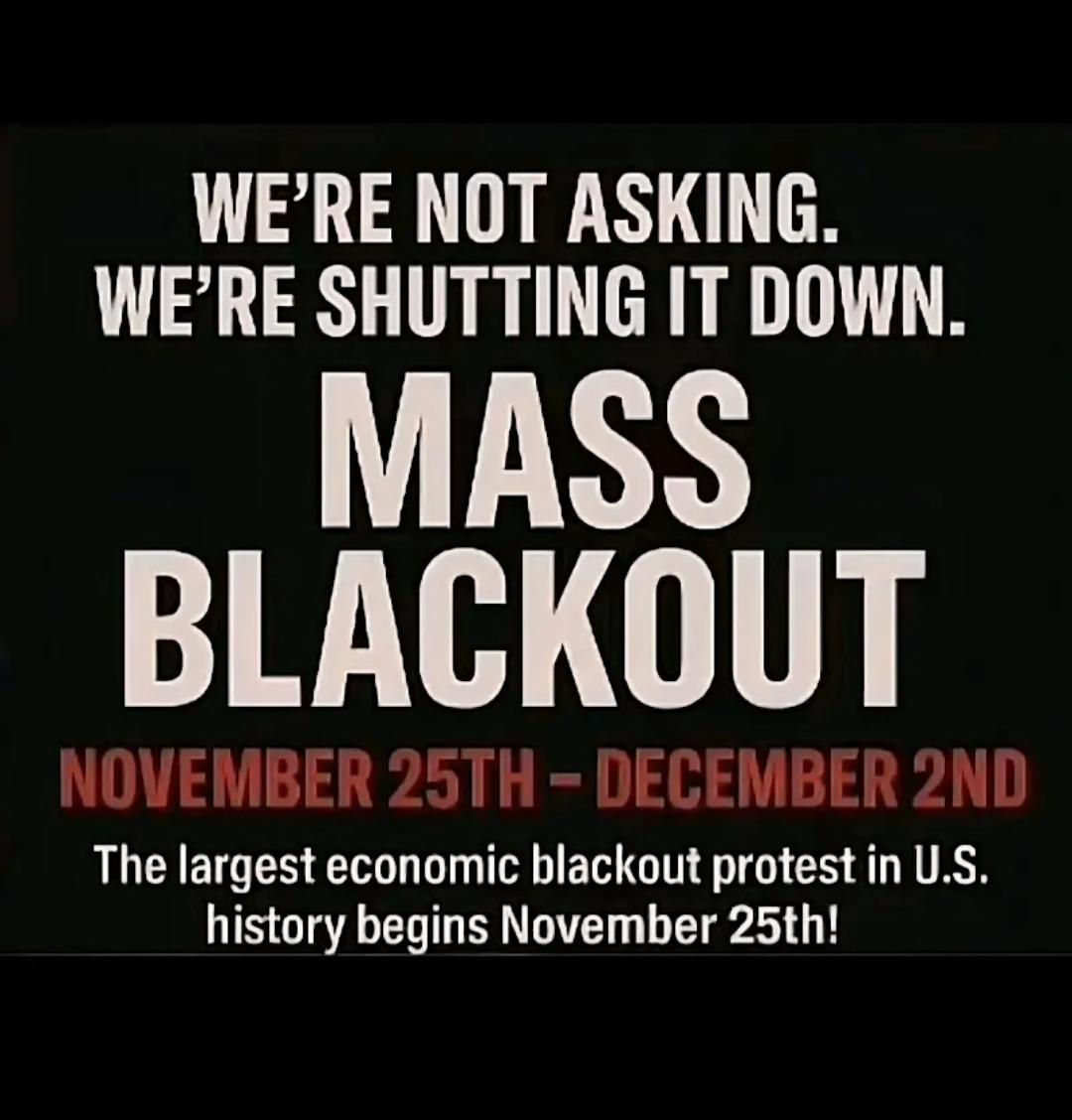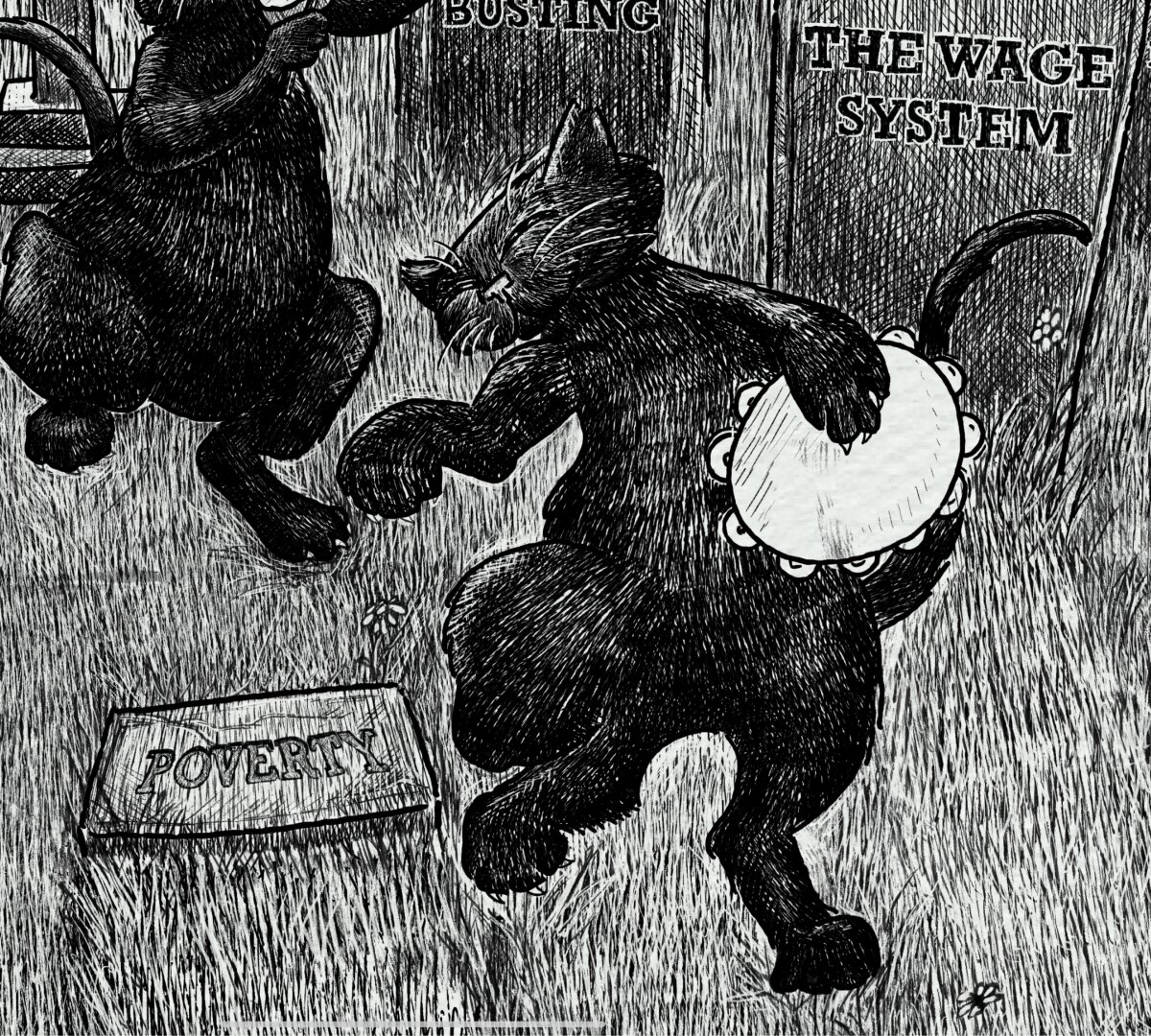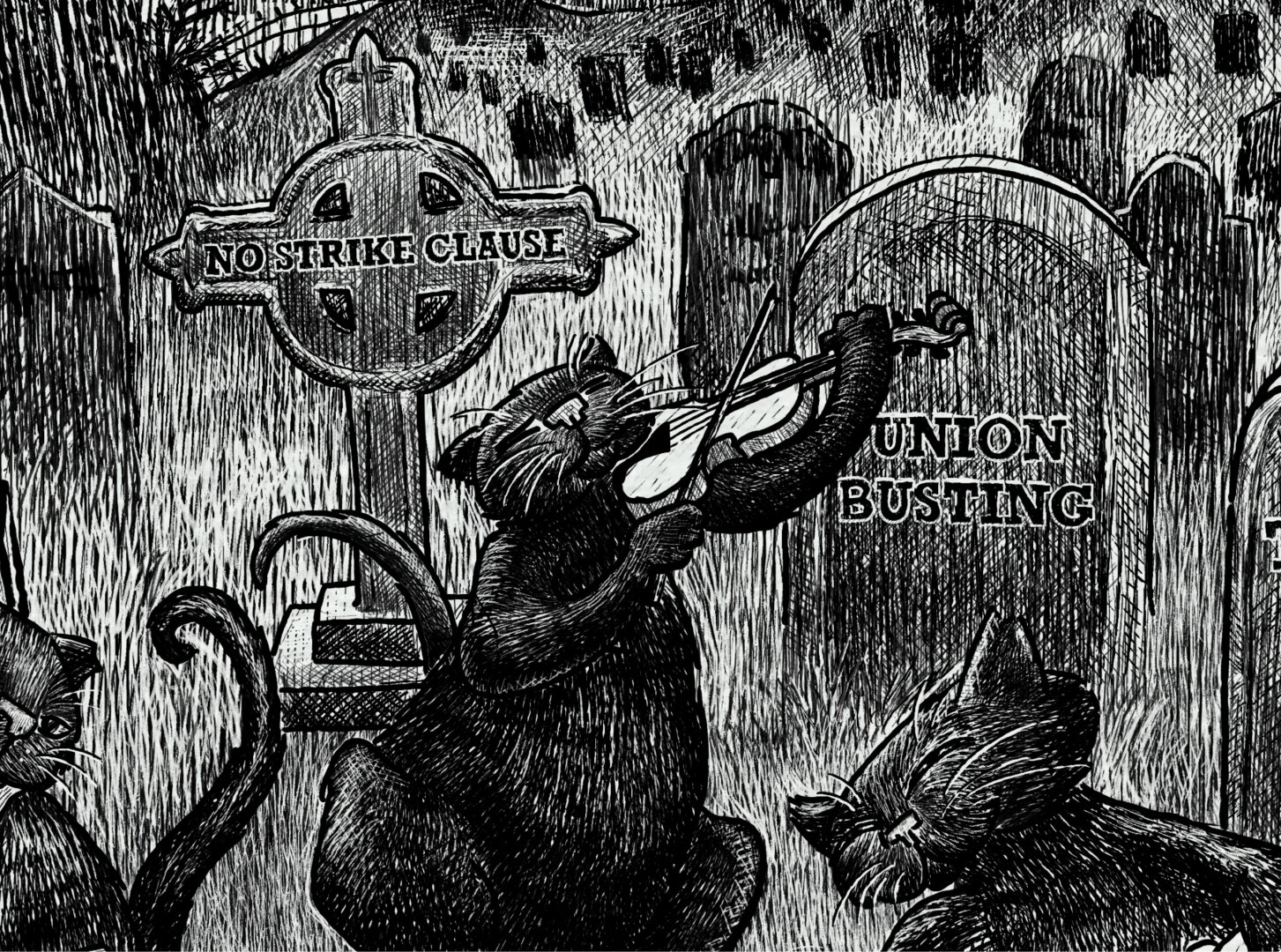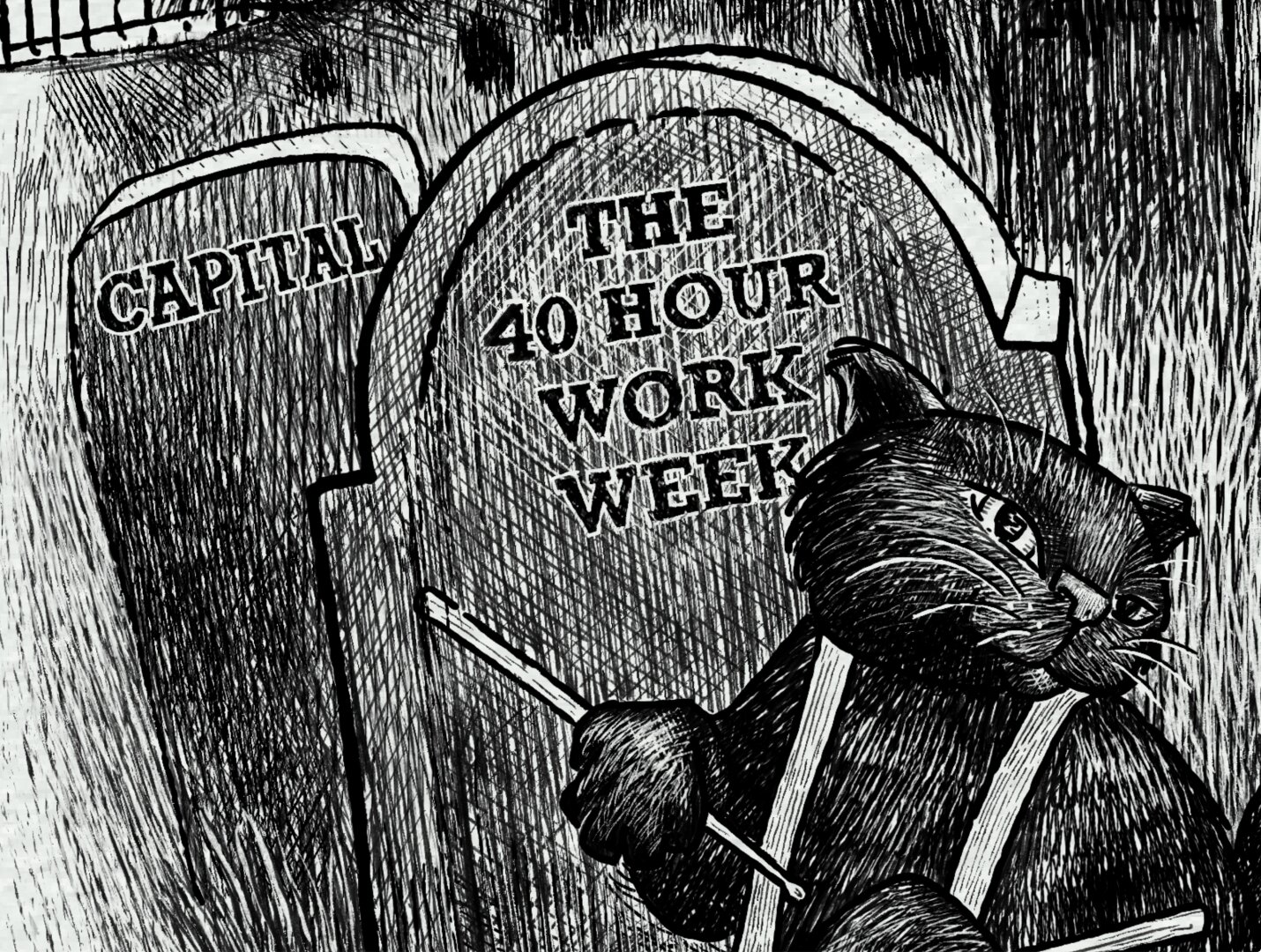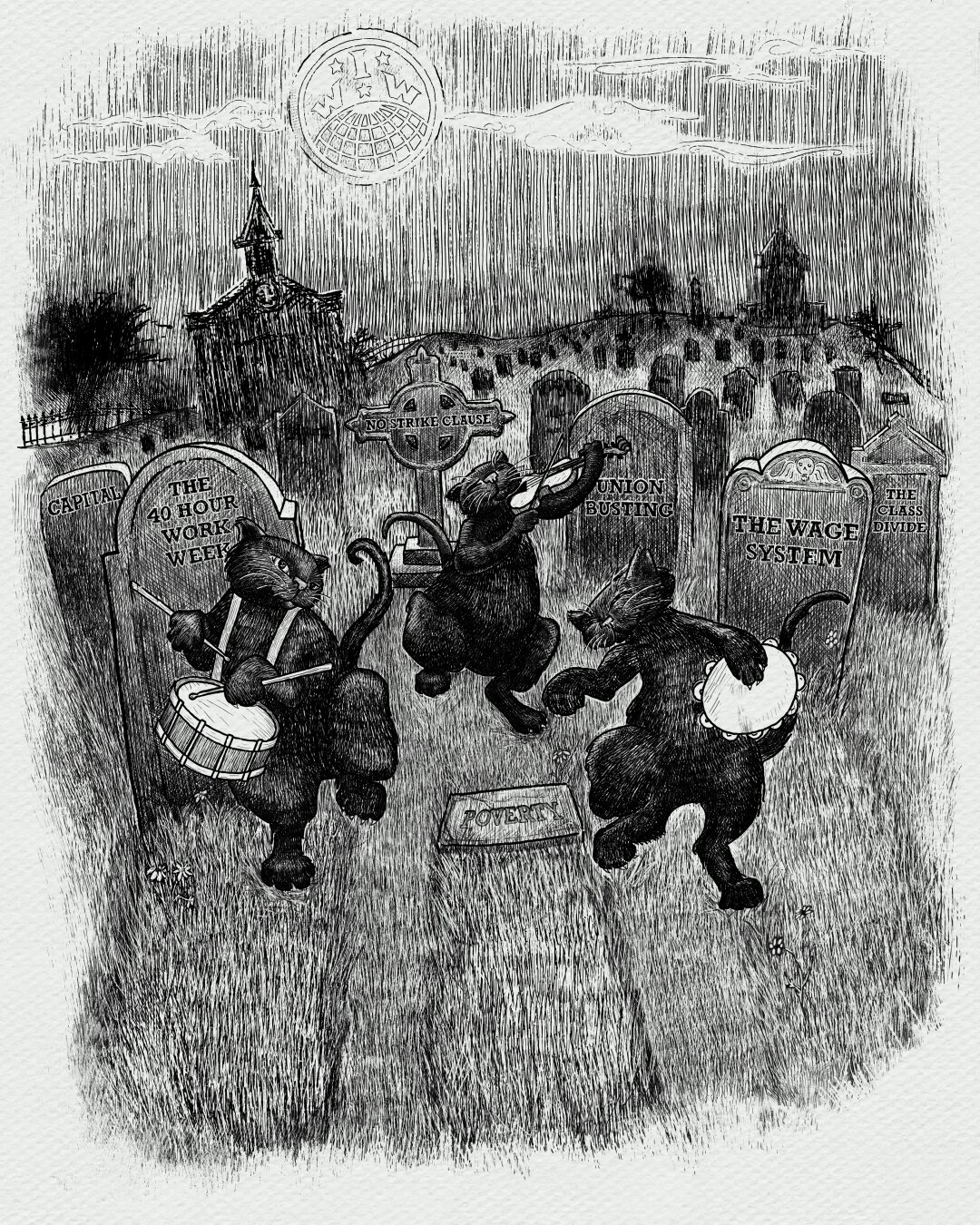Today in Labor History December 3, 1946: Women retail clerks at Hastings and Kahn’s launched the Oakland General Strike, the last General Strike to occur in the U.S. Other workers soon joined in. Overall, more than 100,000 workers participated in the 3-day Oakland General Strike, which was part of the 1945-1946 strike wave, the largest strike wave in US history. Over 5 million workers participated in the nationwide strike wave, including 225,000 UAW members, 174,000 electric workers struck, 750,000 steel workers, 250,000 railroad workers. There were several other General Strikes in 1946, too, including Lancaster, PA; Stamford, CT; Rochester, NY. In reaction to this strike wave, Congress passed the Taft-Hartley Act in 1947, which severely restricted the powers and activities of unions. It also banned General Strikes, stripping away the most powerful tool workers had.
#workingclass #LaborHistory #oakland #GeneralStrike #strike #wildcat #union #tafthartley #solidarity

